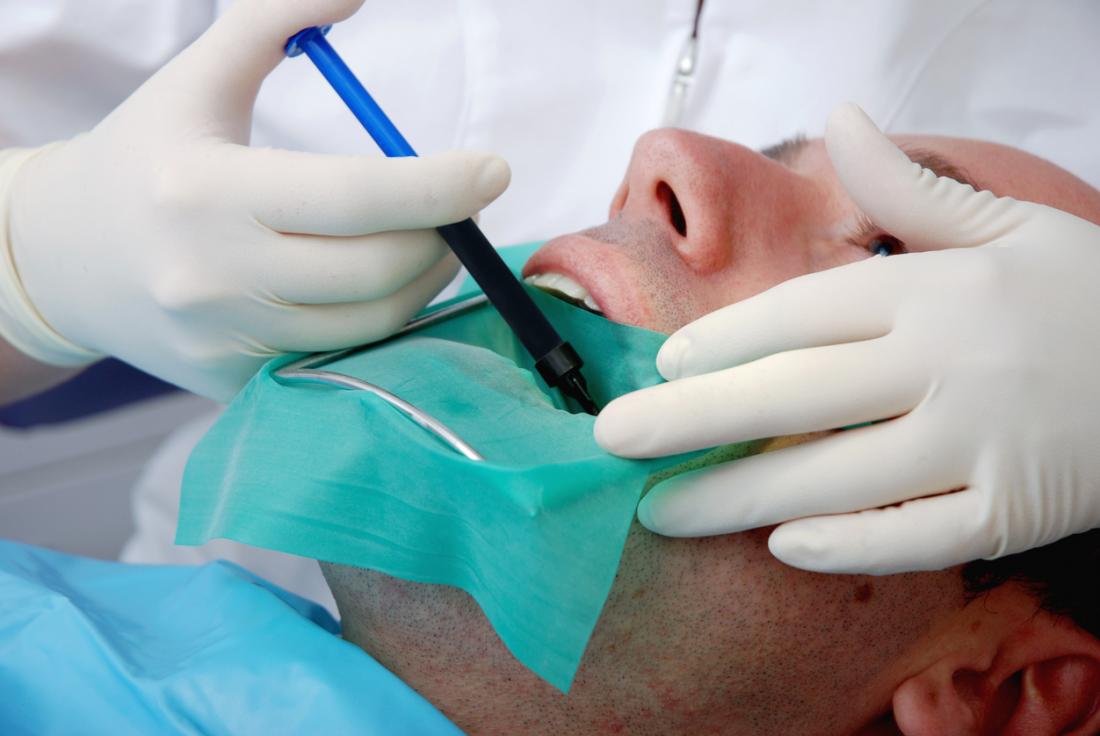Deep decay in a tooth can cause extreme pain and discomfort. Dentists always do their best to preserve a natural tooth to prevent an extraction. If the inside of the tooth, also called the pulp, is affected, your Manhattan, NY dentist may recommend root canal therapy, also called RCT. An extraction may seem like an obvious choice, but you may end up spending more on replacing the missing tooth. Not to forget, an extraction can also cause issues for adjacent teeth. If you are stepping into a dental clinic for root canal therapy, here’s what you should expect.
The initial consultation
Reviewing the root canal procedure
You may need to visit your dentist twice or more to complete the root canal procedure. The first step is to use a local anesthetic agent to numb the tooth, following which the dentist will place a dental dam to keep the tooth dry. Using special devices, an access opening is created on the top of the tooth, which will allow the endodontist to access the root canals. Dental files are used inside the canals to remove the pulp, bacteria, and decay. The tooth is then cleaned using antibiotic cleansers and sealed with a permanent sealing. Between the appointments, your dentist will place a temporary filling. Because the inside of the tooth becomes hollow after root canal treatment, patients usually need to get a crown, also called a cap, to restore the full function of the tooth.
Will root canal treatment hurt?
The short answer is no. Depending on the extent of the infection or decay, most patients don’t feel any pain, although there might be some discomfort. Your dentist will use local anesthesia, which further helps in preventing pain during the procedure.
Following root canal treatment, you may have to return for a couple of appointments to get a crown or a bridge. Your dentist will also share instructions that you must follow after each session. Book an appointment to learn more.


